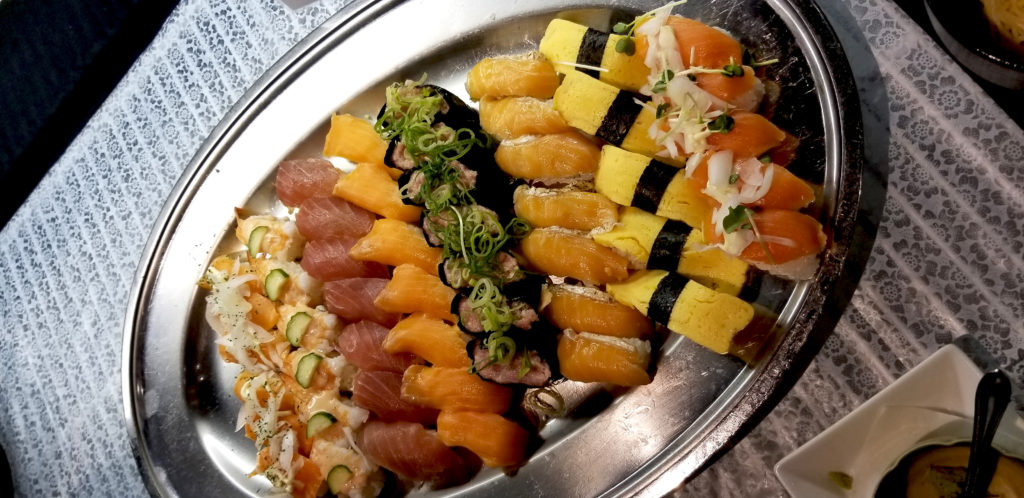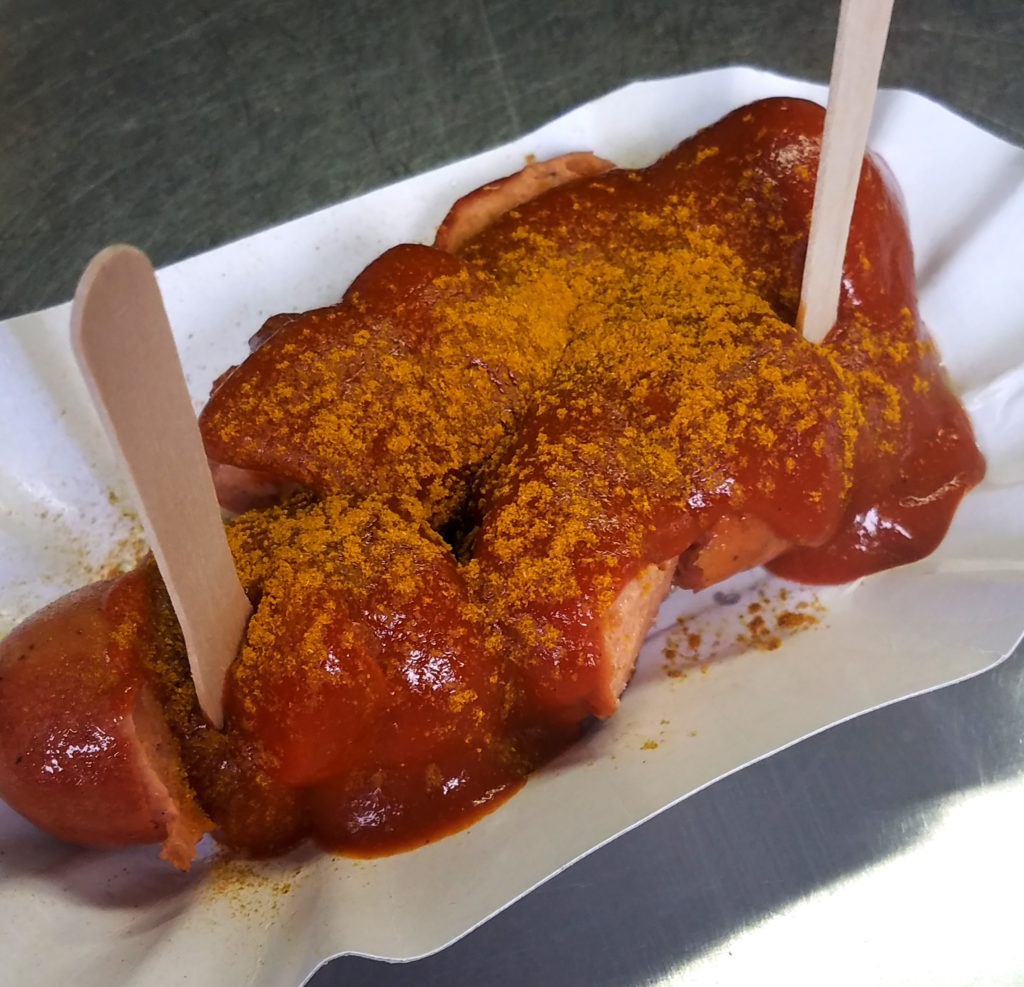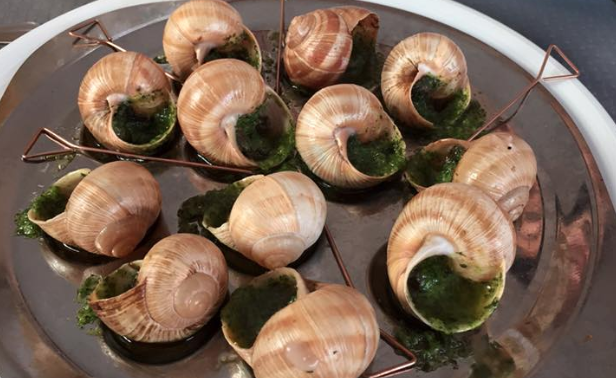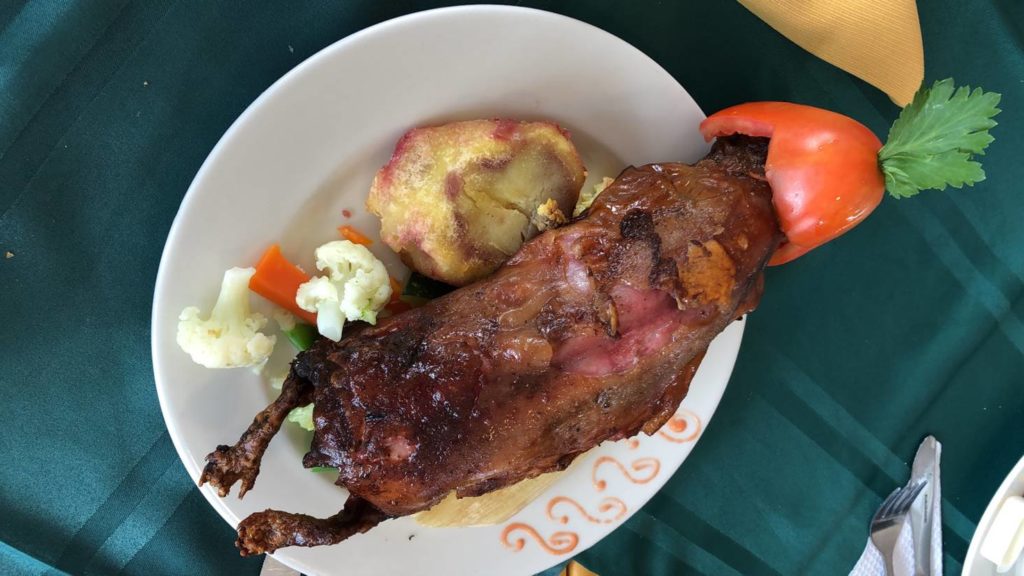Food is so intertwined with culture—it is often one of the first things associated with a place. When you think Italy, pizza and pasta immediately come to mind. When you think of China, it is Peking duck. Australia makes you think of Vegemite. To quote the late Anthony Bourdain, “Food is everything we are. It’s an extension of nationalist feeling, ethnic feeling, your personal history, your province, your region, your tribe, your grandma. It’s inseparable from those from the get-go.” I have been lucky enough to travel to several countries with students through EF Tours and I wanted to highlight five of my favorite food experiences and share a little about their history.

via Steve P.
Paella in Madrid, Spain
Most historians agree that Paella originally comes from the city of Valencia. This dish was a combination of two cultures: the Romans, who provided the pan, and the Arabs, who provided the rice. Paella is served as a seafood, chicken, or vegetable dish, but seafood is probably Spain’s highlight. All paella is served with a saffron spice on the top. As you can see from the picture above, the preferred method is family-style. It is a great opportunity to share this massive dish and culture with your group of travelers.

via Steve P.
Sashimi in Kyoto, Japan
Sashimi (sushi) is a popular dish in Japan, but not as popular as you think. Referenced in a fourth-century Chinese dictionary (putting salted fish on rice), sashimi has had a storied past in Asia. As Buddhism spread in the 9th century in Japan, many people started to abstain from meat and instead turned to fish for their primary diet. The first American city to introduce sushi was Los Angeles in 1966. Now as I said it is not as popular as you think, because when traveling around Japan noodle dishes were much more popular and common. In Japan, they don’t have sushi restaurants—more like sushi bars—where they order one piece at a time. Both the California and Spicy Tuna rolls were U.S. creations. With over 4000 sushi restaurants in the U.S. today, we consume way more sushi than that of our Japanese counterparts. When my students and I went to the outdoor fish market, a couple of us sat down and tried to embrace the Japanese style and dispel our Californian ways. After talking with the chef and getting suggestions, we very much enjoyed the experience.

via Steve P.
Currywurst in Berlin, Germany
Currywurst, like many foods today, was a combination of a couple of country’s ingredients to create something that is now viewed as authentically “German.” The origins of currywurst come from a German housewife trading spirits to British soldiers for ketchup in 1949. Adding curry powder to ketchup and pouring it over sausage created a low-cost fast food option that has taken over the street food scene, especially in Berlin. When you have free time for lunch, students might be timid to try it because they don’t know what to expect. Be the first—it is delicious! This method of being the first to try something will definitely ring true for the last two dishes I highlight.

via Steve P.
Escargot in Paris, France
Escargot, which you can see from my picture above, is a snail dish that has been famous in France. But, consumption dates all the way back to the Stone Age! The word Escargot was first used in 1892, but plenty of evidence points to snails being common cuisine in our history. During ancient Roman times, it was seen as a food for the elites. The French prepare it by removing the snails, cooking them in garlic and butter, then stuffing them back into the shell. The ones above also had pesto added.

via Lucia Castellana
Cuy in Cusco, Peru
As I got more adventurous in the food I tried with students, I tried Cuy in Peru, which is a guinea pig dish. My students and I finished our Service Learning tour and decided to try this delicacy which is eaten on special occasions. Cuy has been a staple part of Peruvian diet for over 5000 years. Grilled and served over potatoes, it is an interesting thing to try and share.
Hopefully, you liked my short history of some cultural dishes around the world. When traveling, you want to help students find unique experiences, and one that is often easy to find is with food. Food is embedded in our culture, and to immerse yourself in someone else’s cuisine is to learn more about who someone is.
Related articles
